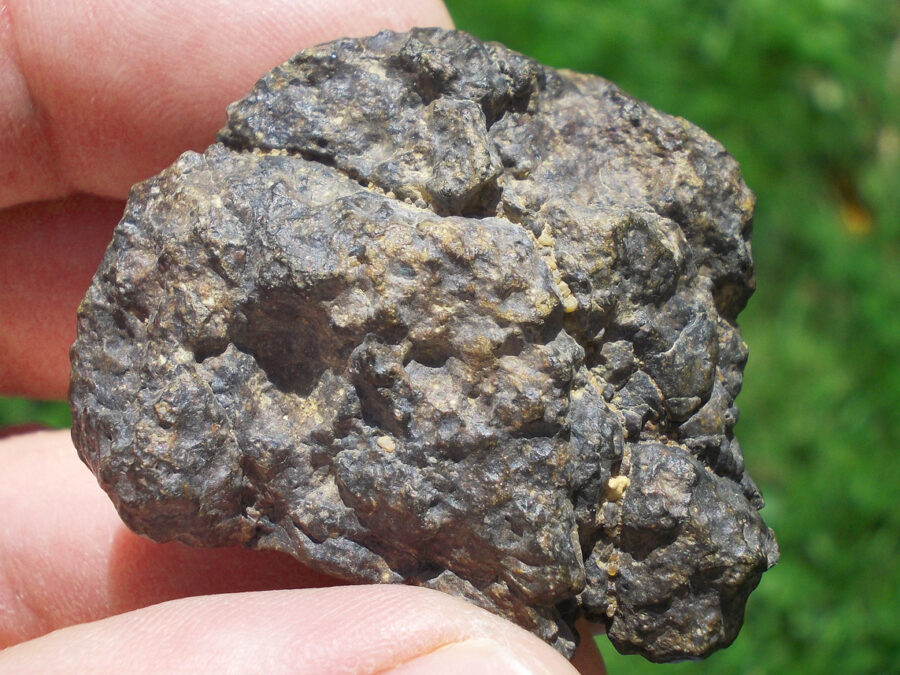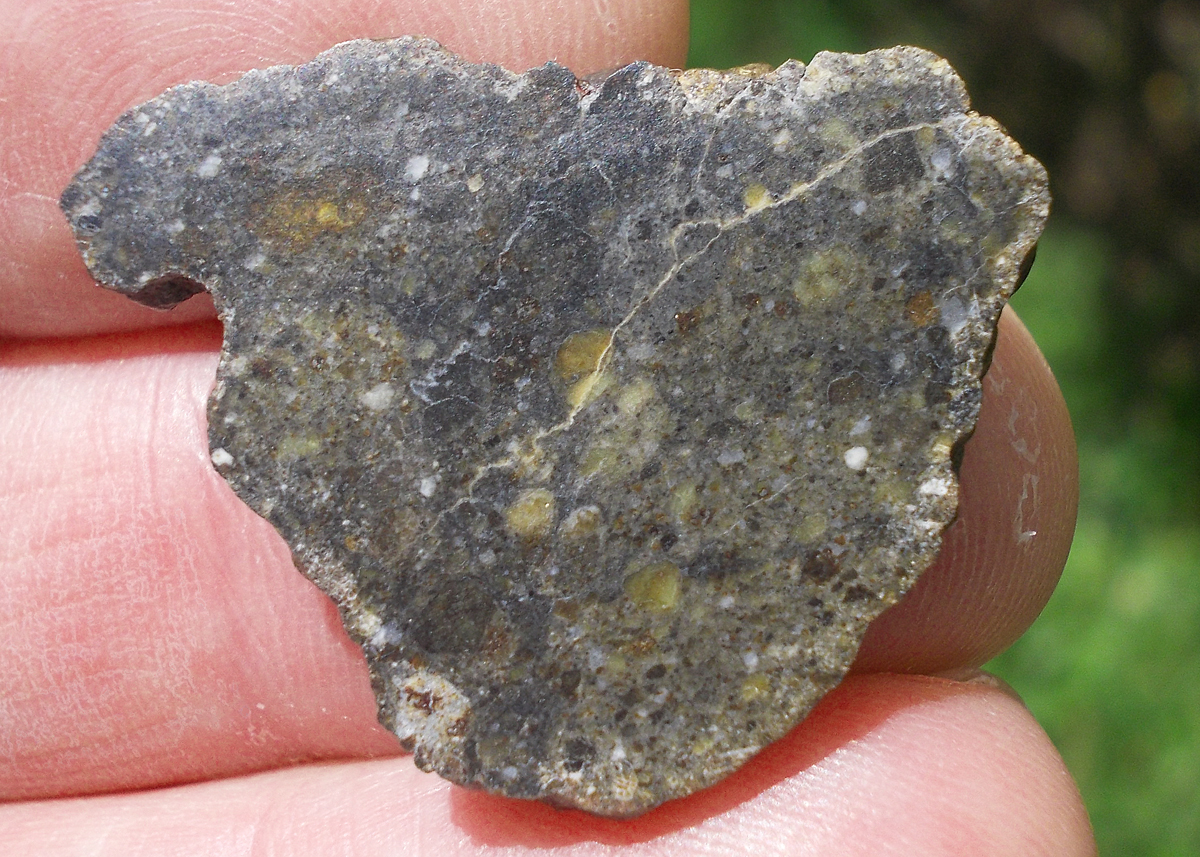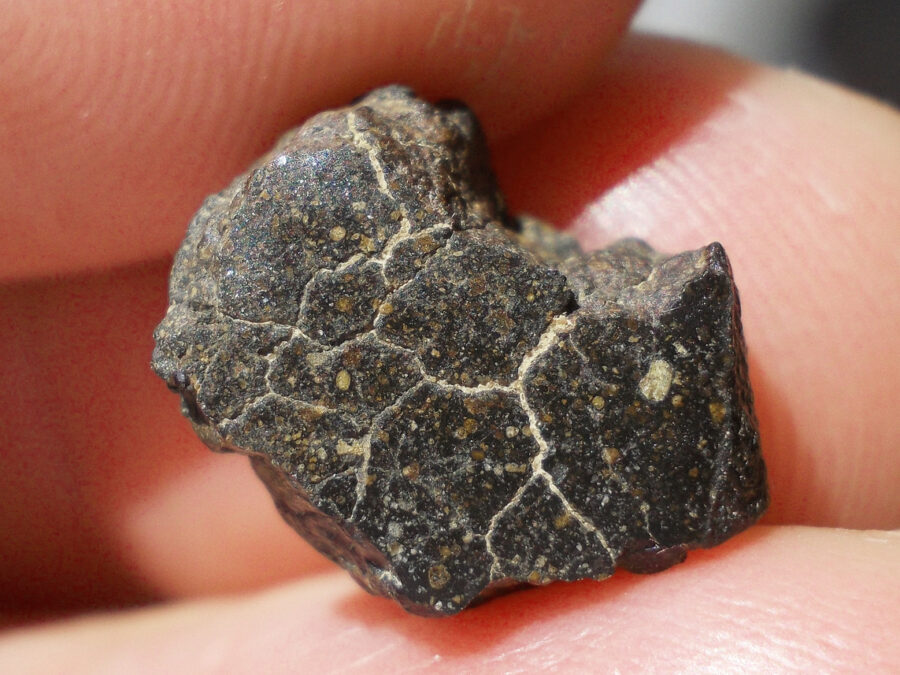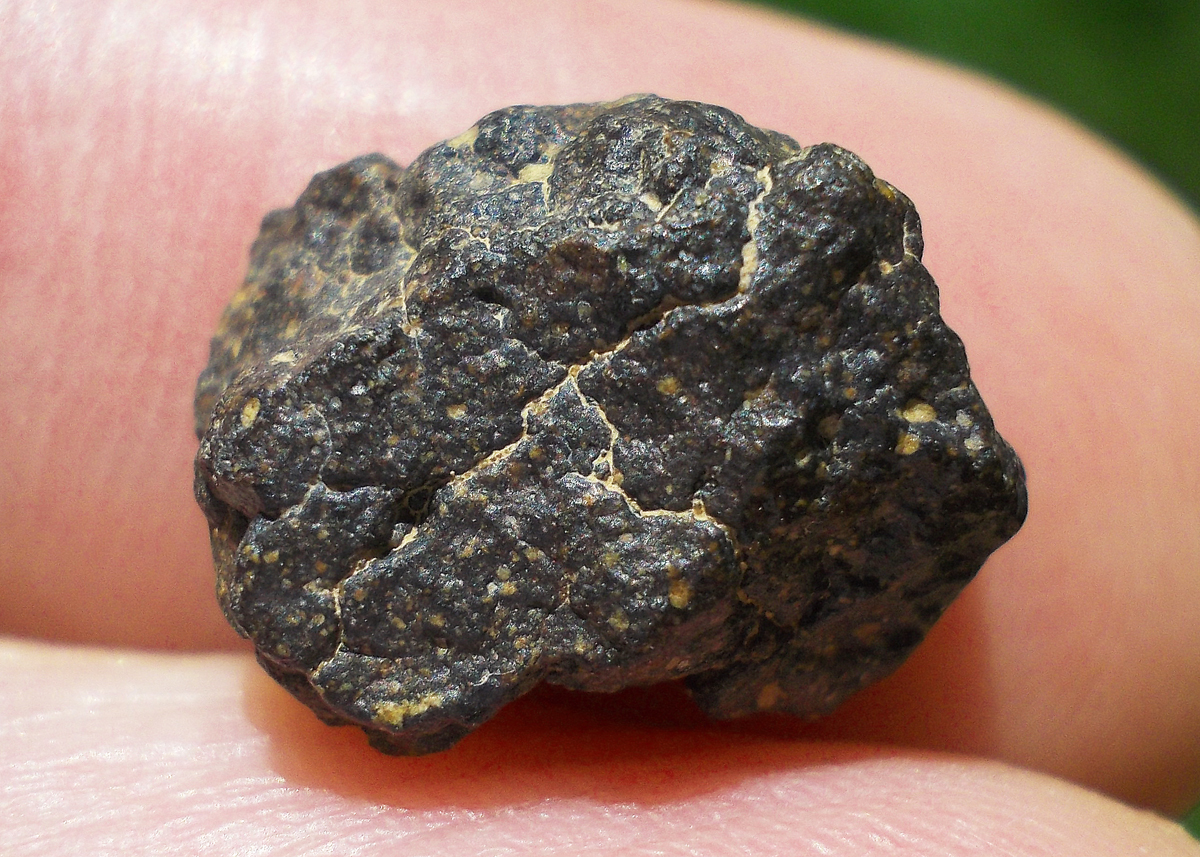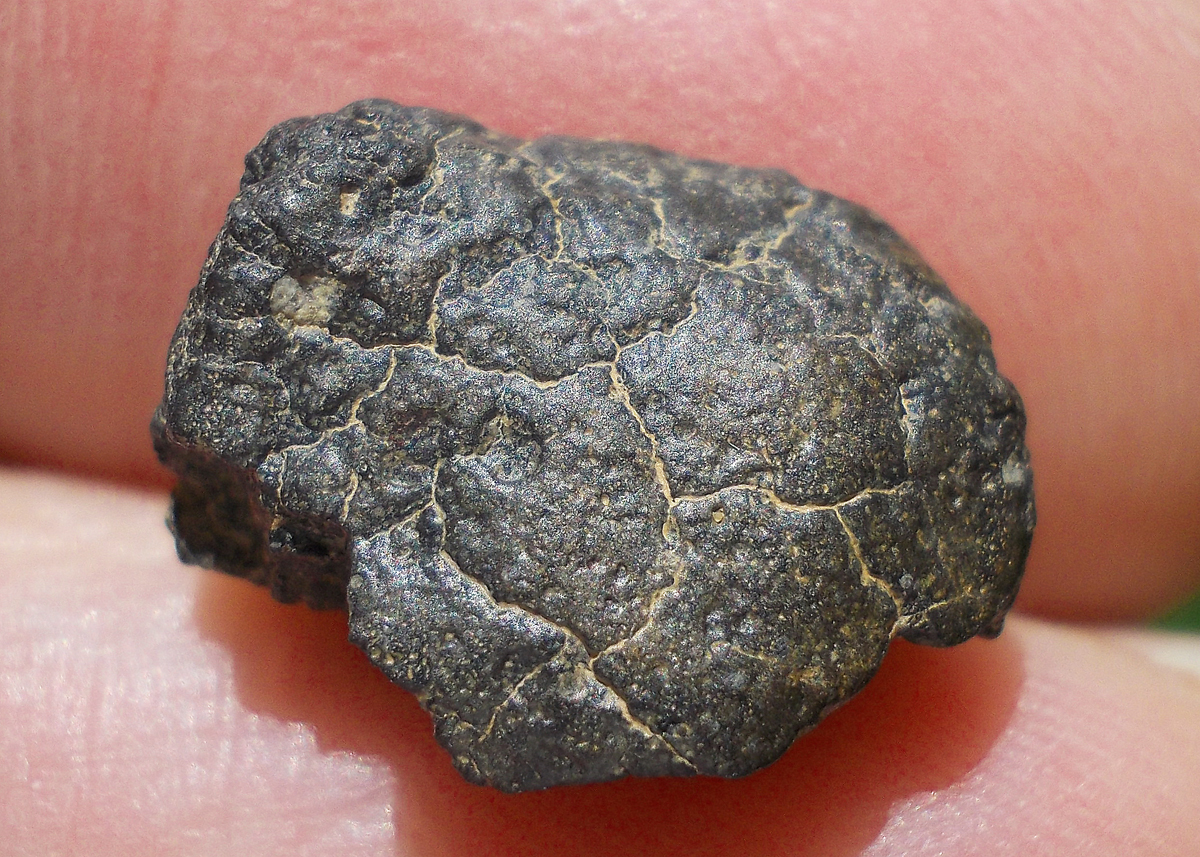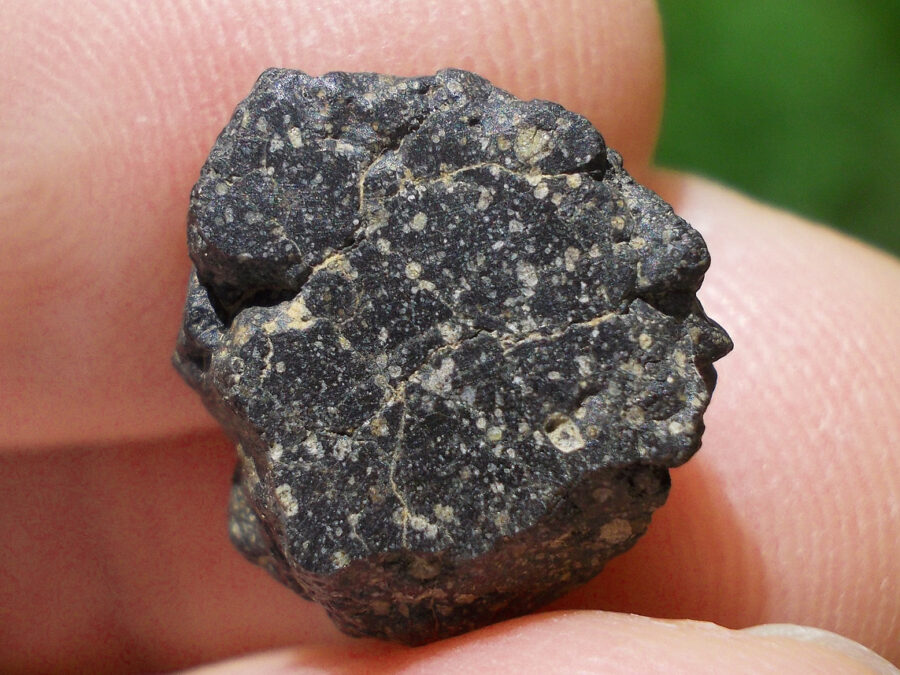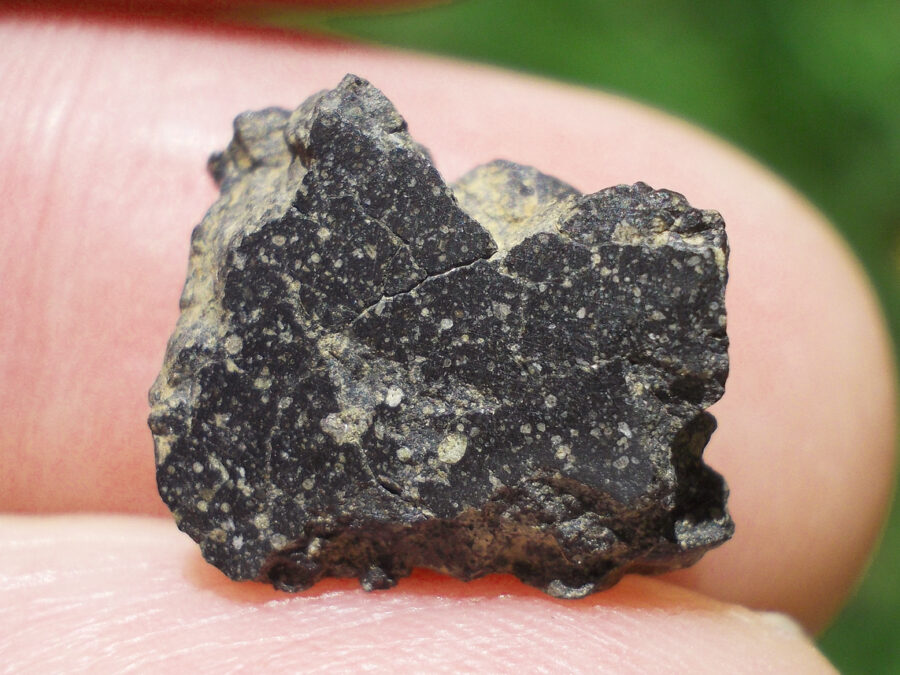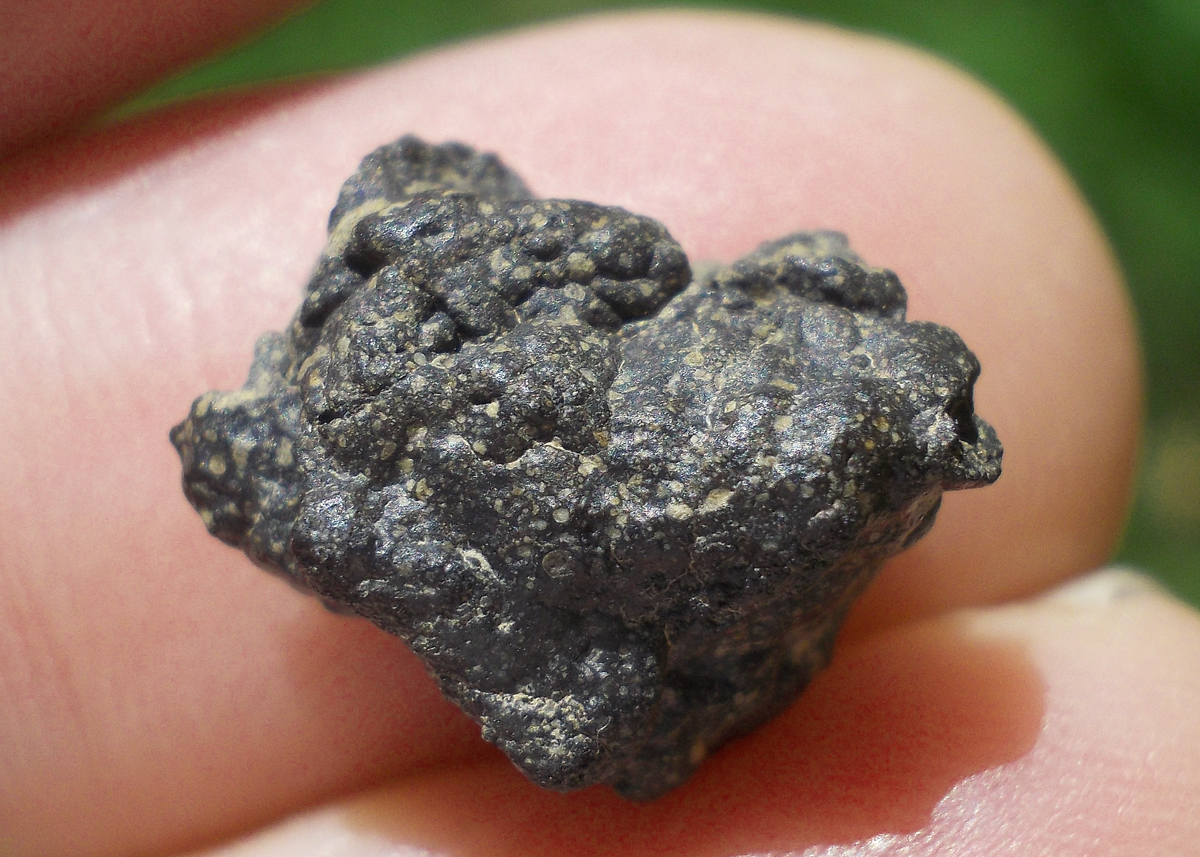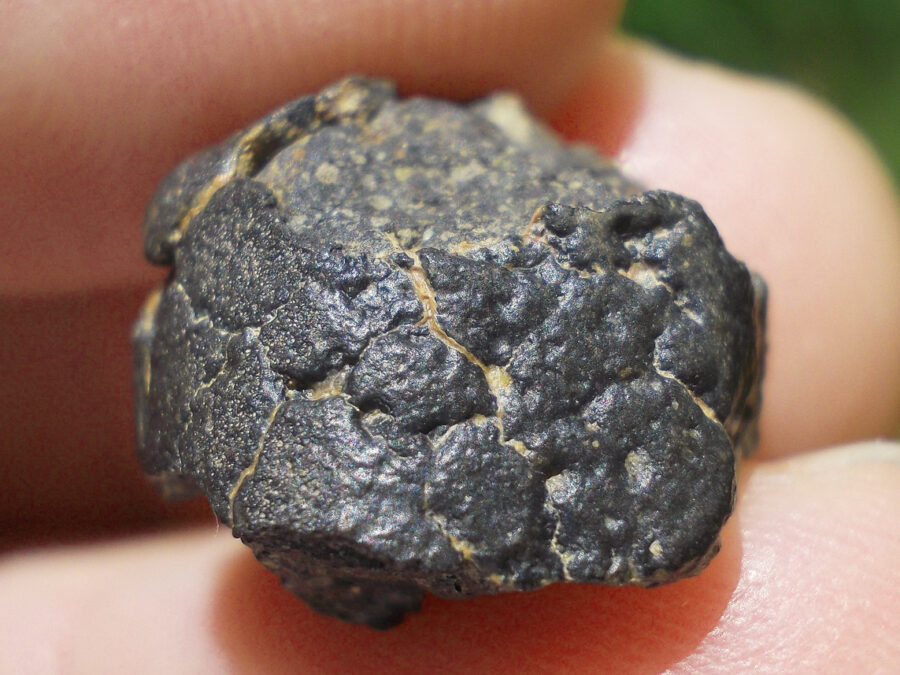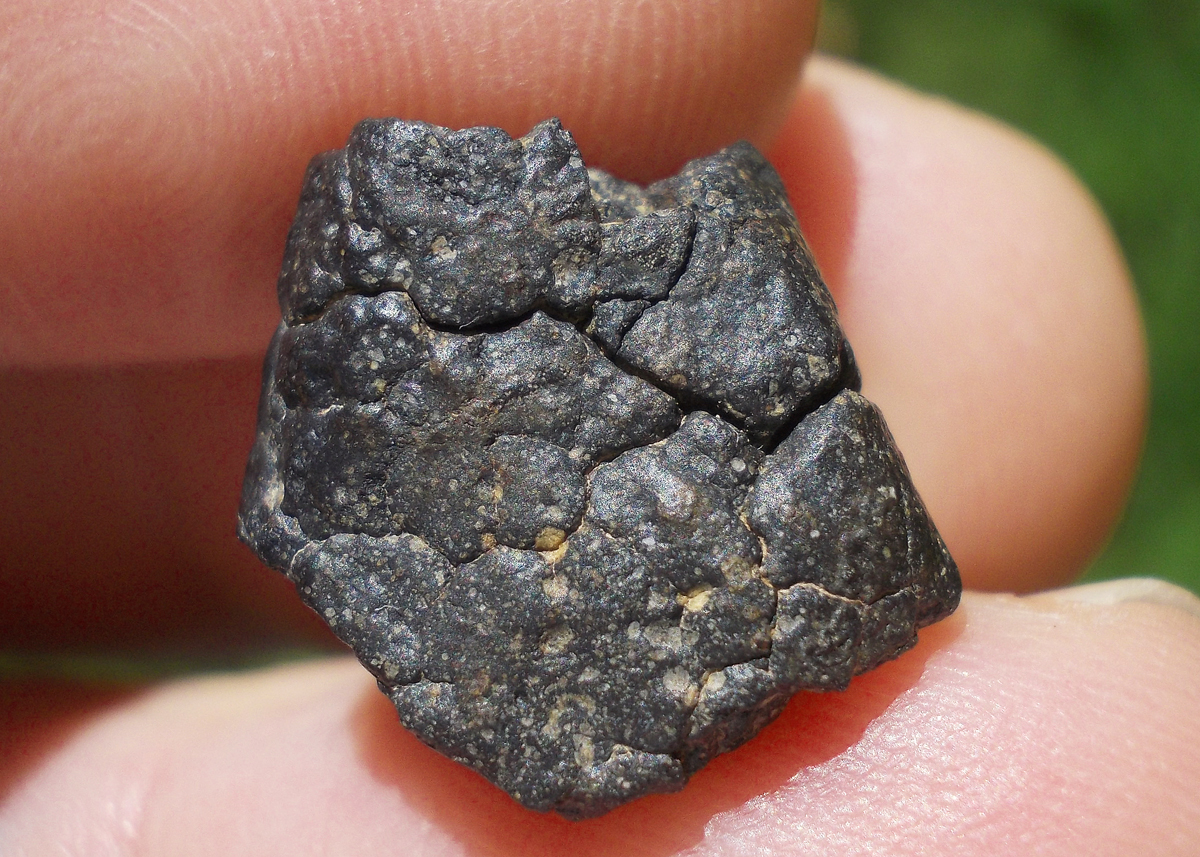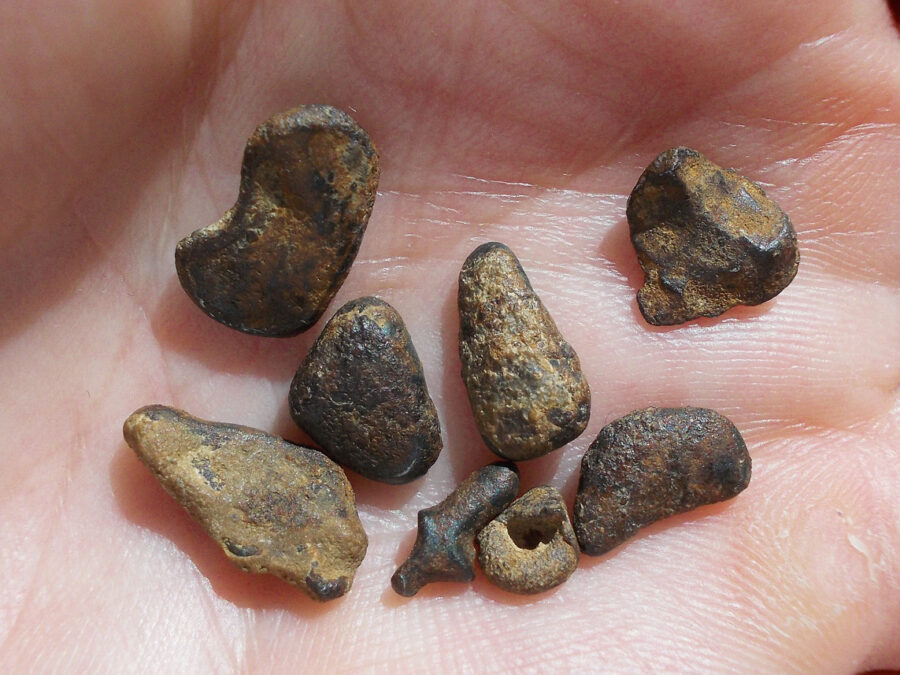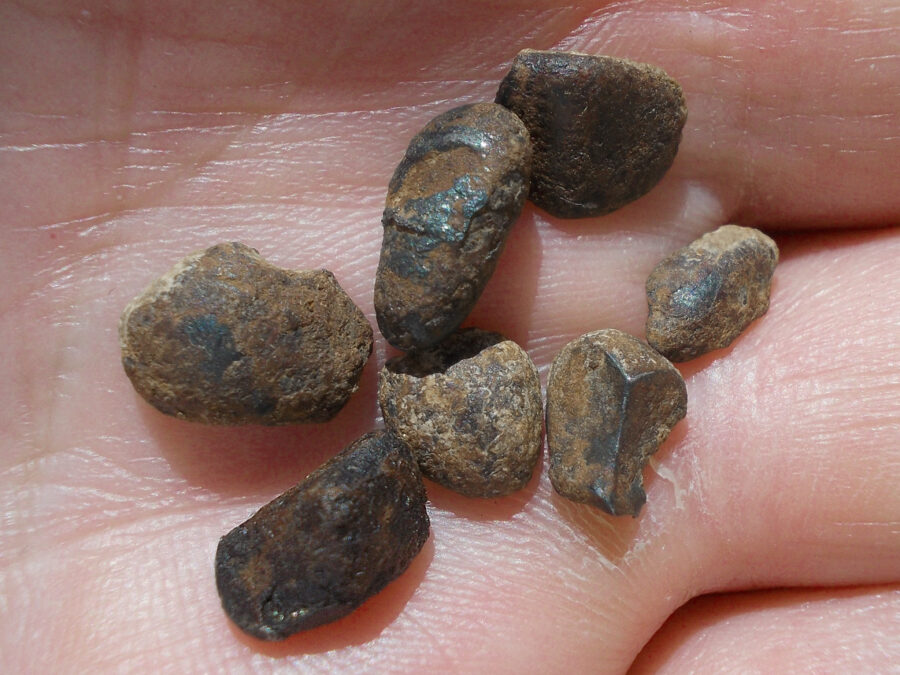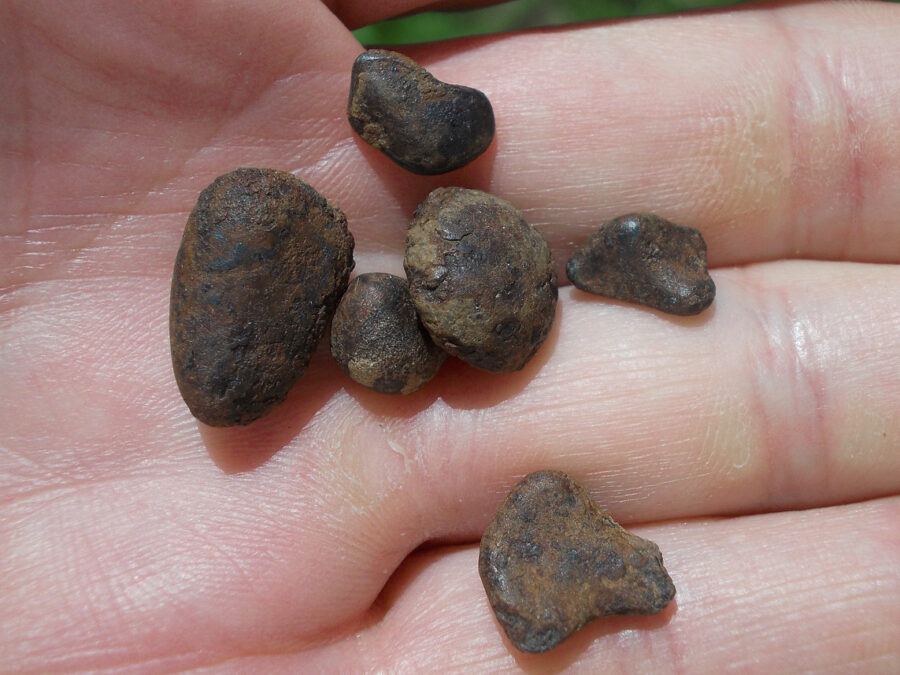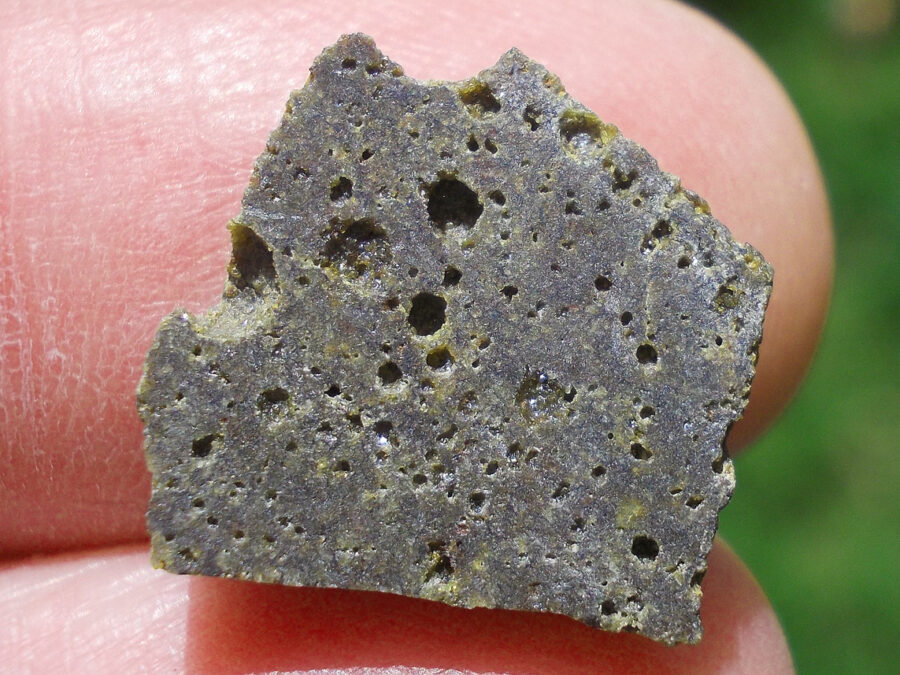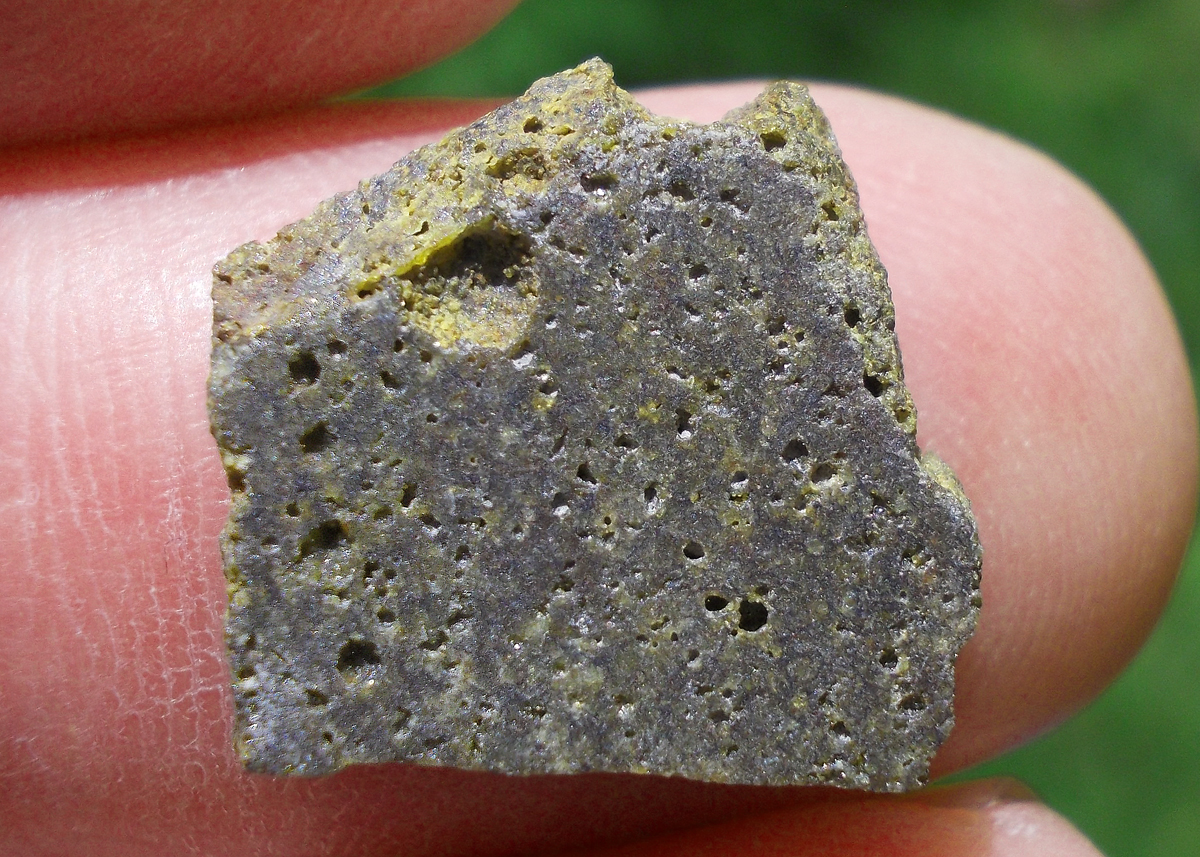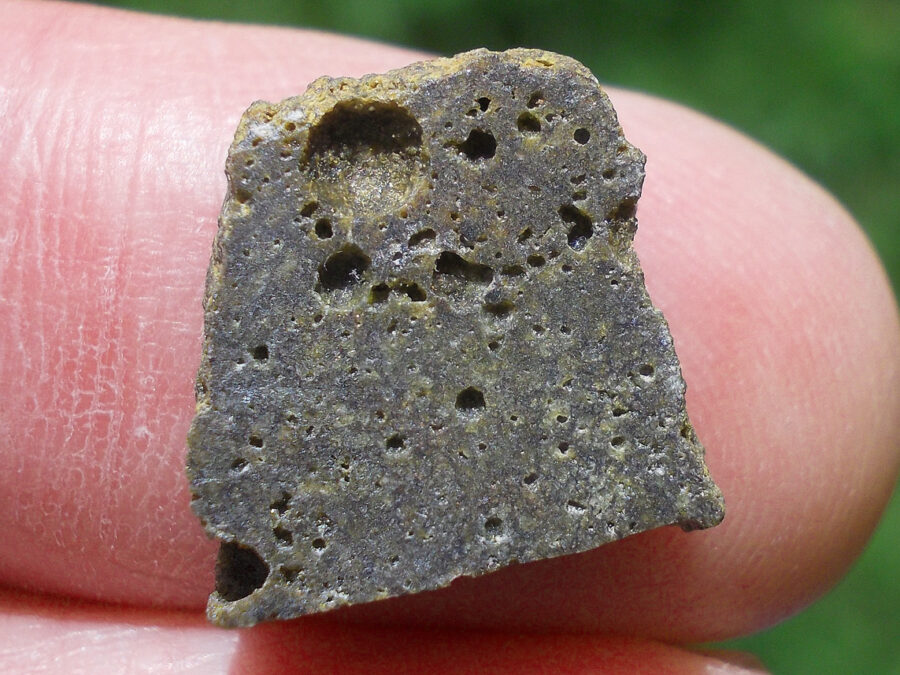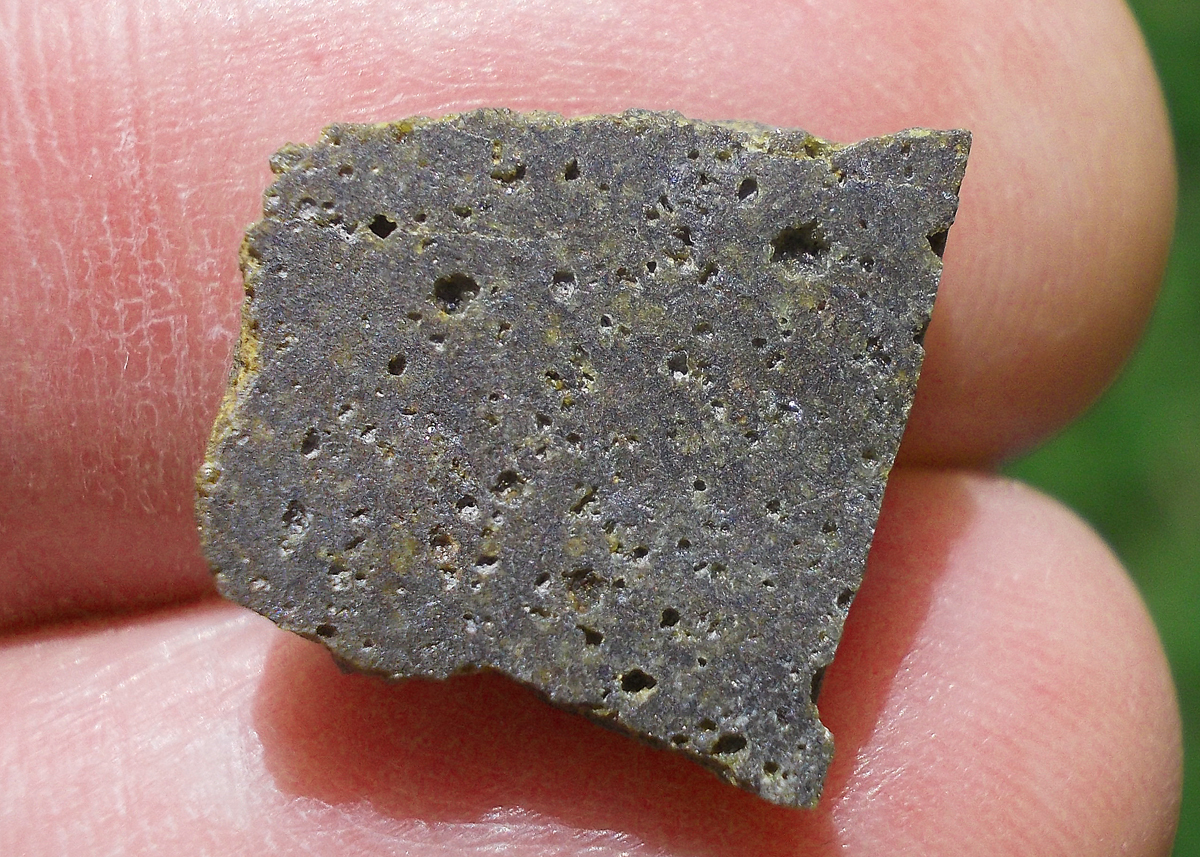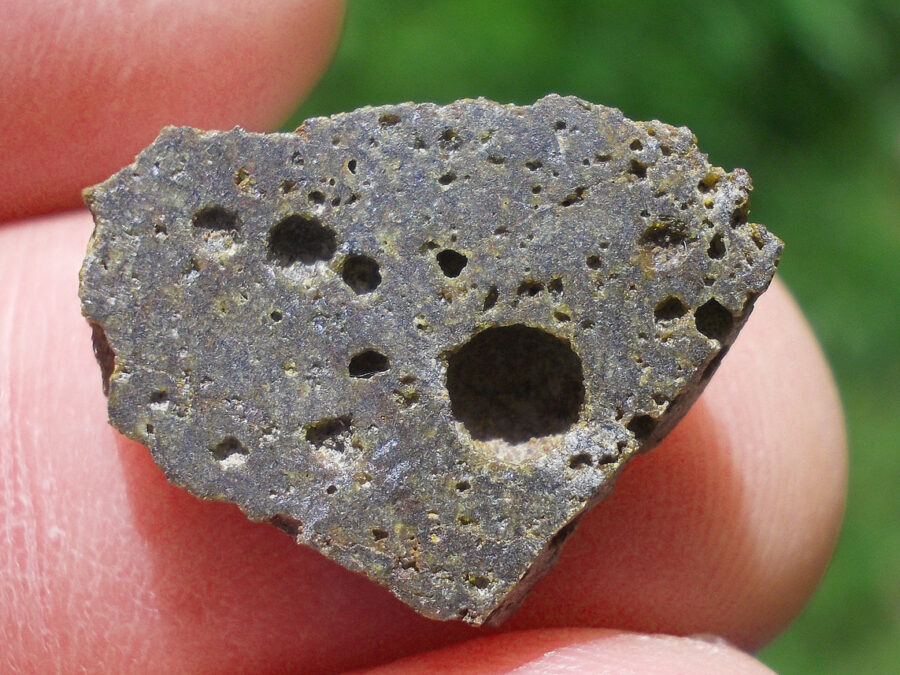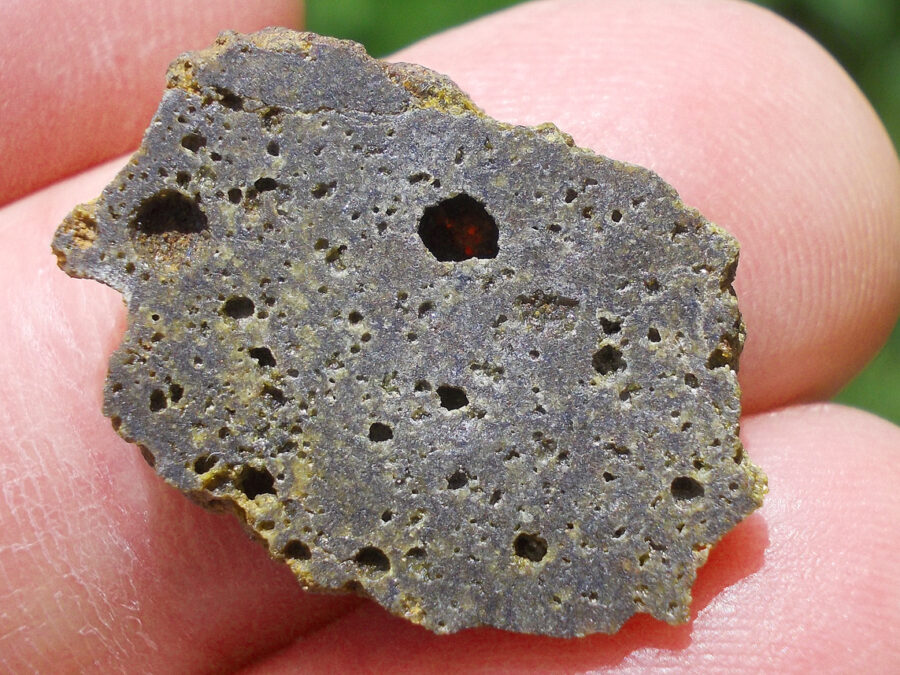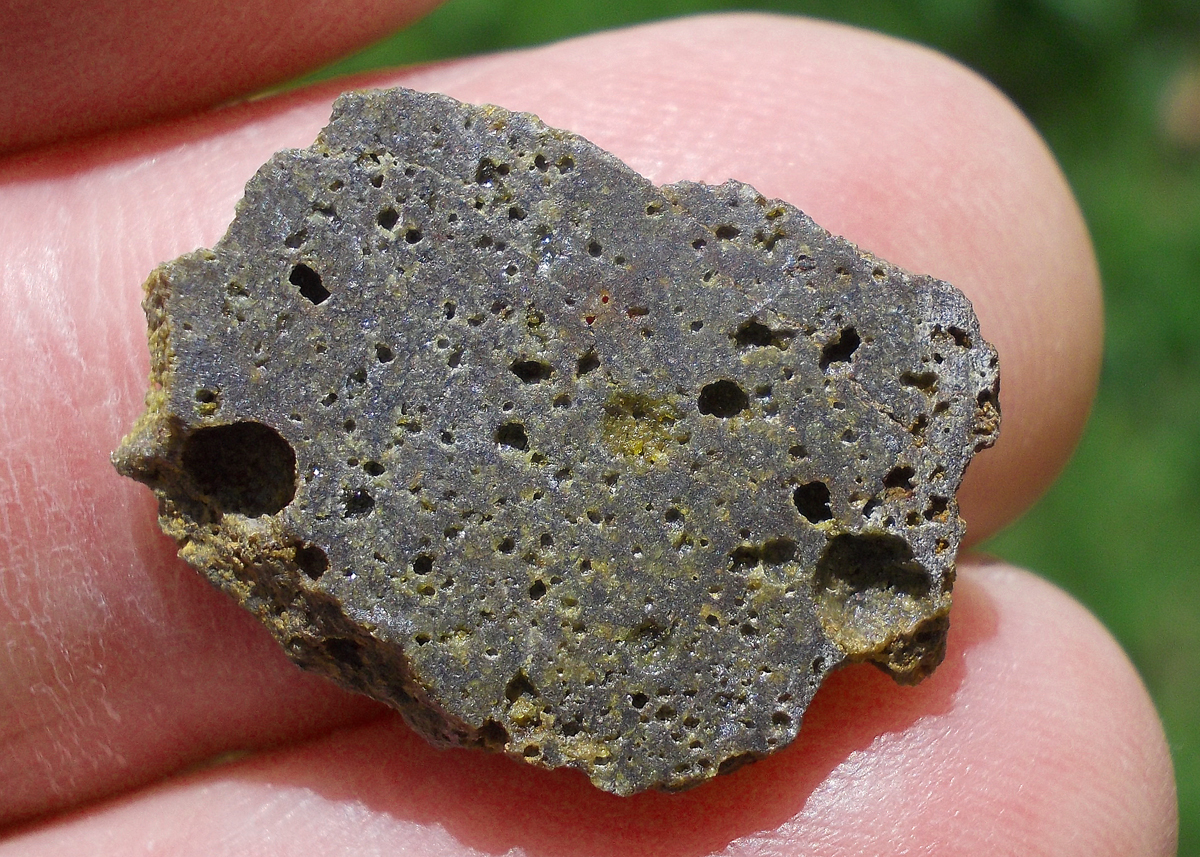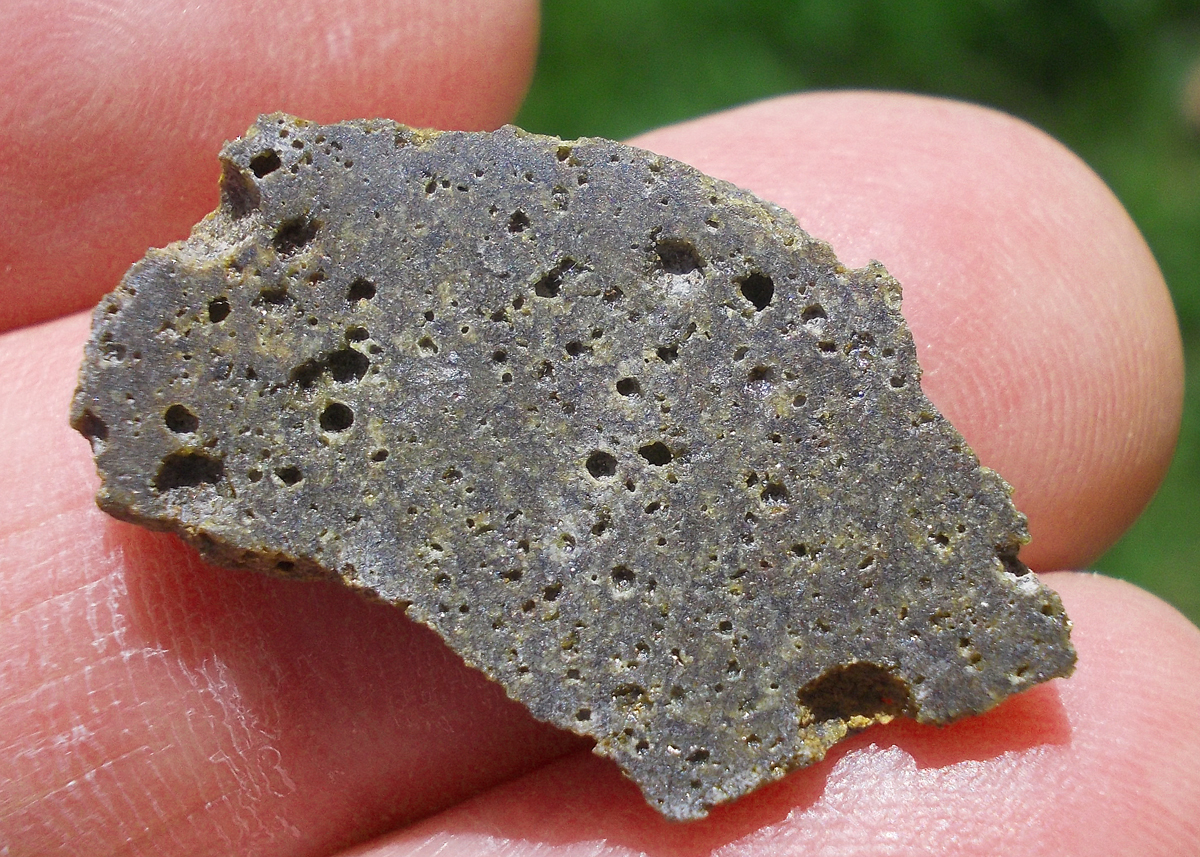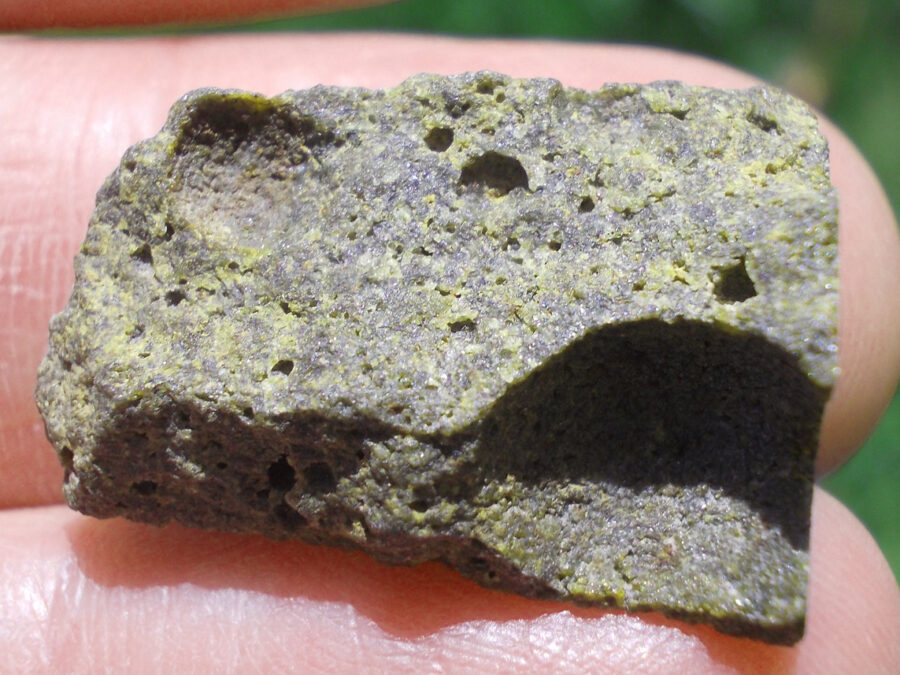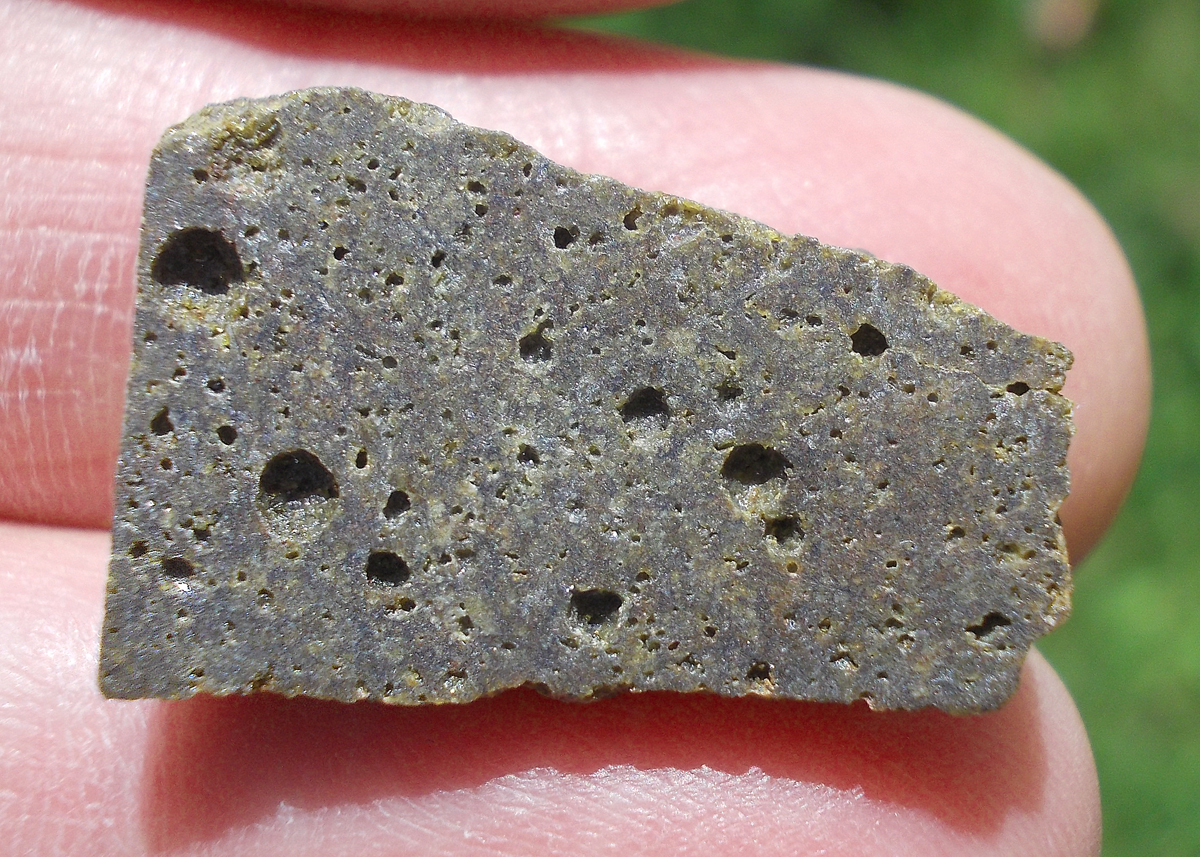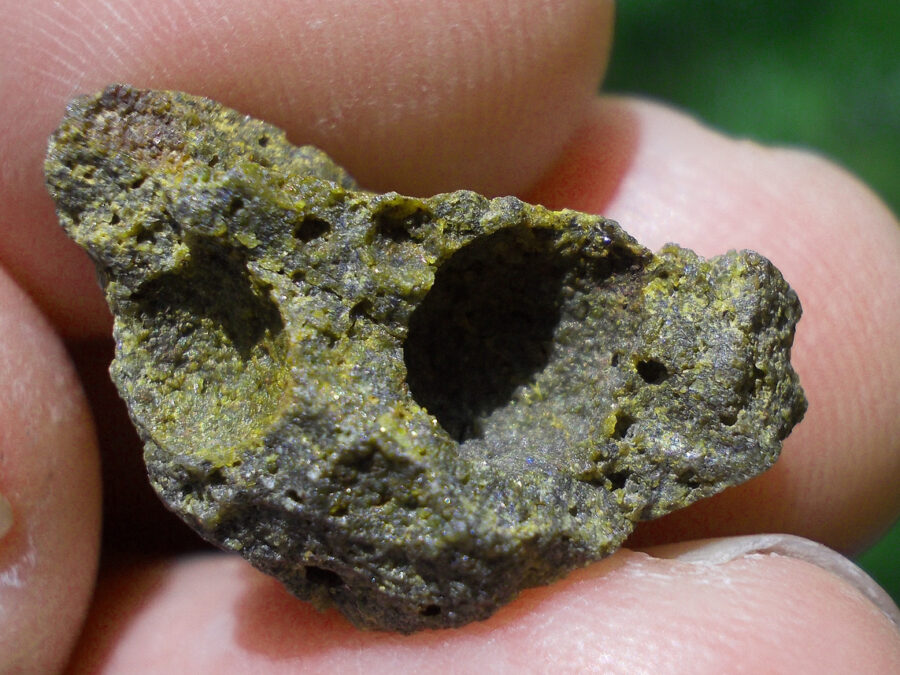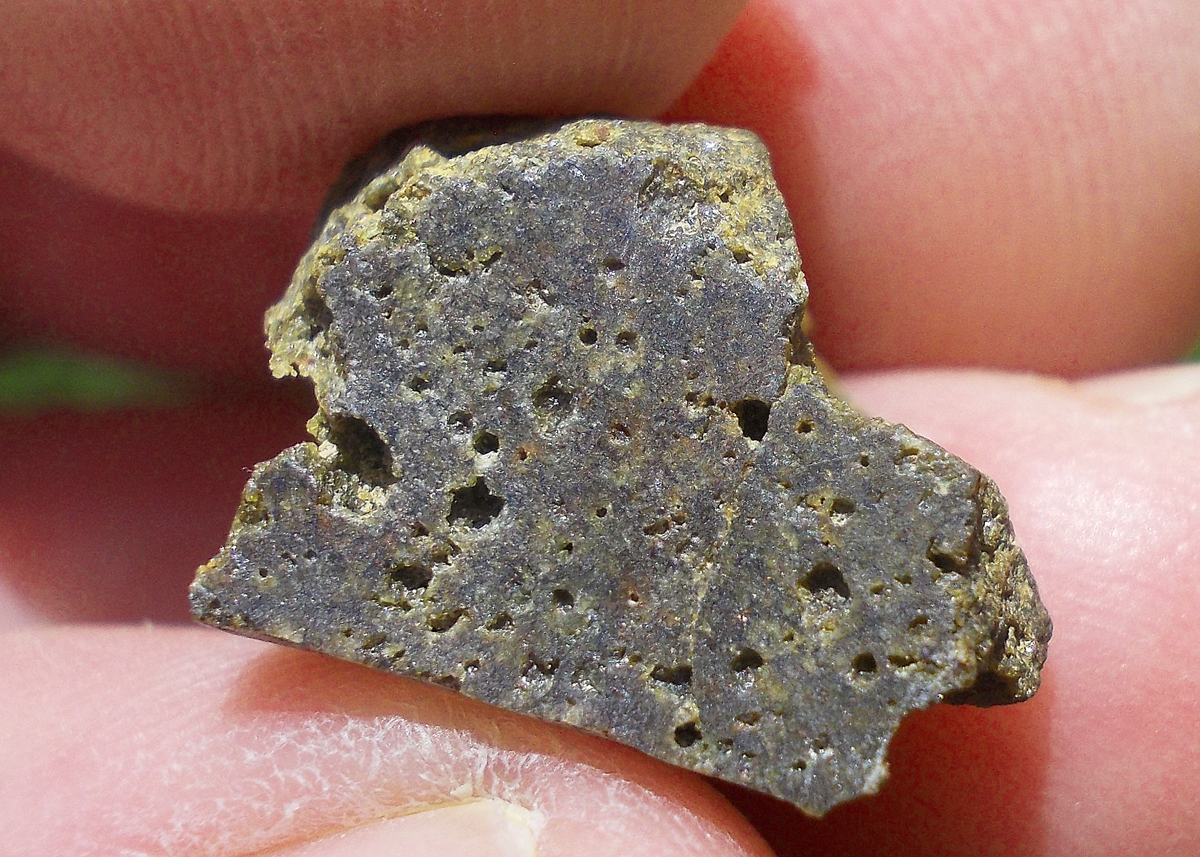Affichage de 253–270 sur 1864 résultatsTrié du plus récent au plus ancien
406,00€
Bechar 008 est une météorite de type Howardite, elle a été trouvée en Algérie en juillet 2022 près de Alagla.
Les météorites de type Howardite proviennent de l’astéroïde Vesta, un astéroïde qui se trouve entre Mars et Jupiter.
48,00€
Bechar 008 est une météorite de type Howardite, elle a été trouvée en Algérie en juillet 2022 près de Alagla.
Les météorites de type Howardite proviennent de l’astéroïde Vesta, un astéroïde qui se trouve entre Mars et Jupiter.
126,00€
NWA 16567 est une météorite qui a été découverte dans le Sahara en 2023.
Un très bon prix pour une météorite aussi rare !
105,00€
NWA 16567 est une météorite qui a été découverte dans le Sahara en 2023.
Un très bon prix pour une météorite aussi rare !
112,00€
NWA 16567 est une météorite qui a été découverte dans le Sahara en 2023.
Un très bon prix pour une météorite aussi rare !
105,00€
NWA 16567 est une météorite qui a été découverte dans le Sahara en 2023.
Un très bon prix pour une météorite aussi rare !
210,00€
NWA 16567 est une météorite qui a été découverte dans le Sahara en 2023.
Un très bon prix pour une météorite aussi rare !
210,00€
NWA 16567 est une météorite qui a été découverte dans le Sahara en 2023.
Un très bon prix pour une météorite aussi rare !
106,00€
Taza est une météorite ferreuse de type non groupé.
Elle a été découverte en 2001 au Maroc.
La plupart des pièces sont orientées.
Une météorite de plus en plus rare à trouver.
116,00€
Taza est une météorite ferreuse de type non groupé.
Elle a été découverte en 2001 au Maroc.
La plupart des pièces sont orientées.
Une météorite de plus en plus rare à trouver.
324,00€
Taza est une météorite ferreuse de type non groupé.
Elle a été découverte en 2001 au Maroc.
La plupart des pièces sont orientées.
Une météorite de plus en plus rare à trouver.
70,00€
Turpan 003 est une météorite ferreuse.
Elle a été découverte en 2022 en Chine dans la province du Xinjiang.
Ce qui fait la particularité unique au Monde de cette météorite c’est sa structure naturelle pour une météorite ferreuse.
En effet, la structure des météorites métalliques est habituellement révélée par de l’acide.
Autre particularité unique, les inclusions silicatées vertes et avec bulles qu’elle possède.
Des études complémentaires sont en cours actuellement.
75,00€
Turpan 003 est une météorite ferreuse.
Elle a été découverte en 2022 en Chine dans la province du Xinjiang.
Ce qui fait la particularité unique au Monde de cette météorite c’est sa structure naturelle pour une météorite ferreuse.
En effet, la structure des météorites métalliques est habituellement révélée par de l’acide.
Autre particularité unique, les inclusions silicatées vertes et avec bulles qu’elle possède.
Des études complémentaires sont en cours actuellement.
80,00€
Turpan 003 est une météorite ferreuse.
Elle a été découverte en 2022 en Chine dans la province du Xinjiang.
Ce qui fait la particularité unique au Monde de cette météorite c’est sa structure naturelle pour une météorite ferreuse.
En effet, la structure des météorites métalliques est habituellement révélée par de l’acide.
Autre particularité unique, les inclusions silicatées vertes et avec bulles qu’elle possède.
Des études complémentaires sont en cours actuellement.
100,00€
Turpan 003 est une météorite ferreuse.
Elle a été découverte en 2022 en Chine dans la province du Xinjiang.
Ce qui fait la particularité unique au Monde de cette météorite c’est sa structure naturelle pour une météorite ferreuse.
En effet, la structure des météorites métalliques est habituellement révélée par de l’acide.
Autre particularité unique, les inclusions silicatées vertes et avec bulles qu’elle possède.
Des études complémentaires sont en cours actuellement.
120,00€
Turpan 003 est une météorite ferreuse.
Elle a été découverte en 2022 en Chine dans la province du Xinjiang.
Ce qui fait la particularité unique au Monde de cette météorite c’est sa structure naturelle pour une météorite ferreuse.
En effet, la structure des météorites métalliques est habituellement révélée par de l’acide.
Autre particularité unique, les inclusions silicatées vertes et avec bulles qu’elle possède.
Des études complémentaires sont en cours actuellement.
260,00€
Turpan 003 est une météorite ferreuse.
Elle a été découverte en 2022 en Chine dans la province du Xinjiang.
Ce qui fait la particularité unique au Monde de cette météorite c’est sa structure naturelle pour une météorite ferreuse.
En effet, la structure des météorites métalliques est habituellement révélée par de l’acide.
Autre particularité unique, les inclusions silicatées vertes et avec bulles qu’elle possède.
Des études complémentaires sont en cours actuellement.
150,00€
Turpan 003 est une météorite ferreuse.
Elle a été découverte en 2022 en Chine dans la province du Xinjiang.
Ce qui fait la particularité unique au Monde de cette météorite c’est sa structure naturelle pour une météorite ferreuse.
En effet, la structure des météorites métalliques est habituellement révélée par de l’acide.
Autre particularité unique, les inclusions silicatées vertes et avec bulles qu’elle possède.
Des études complémentaires sont en cours actuellement.


